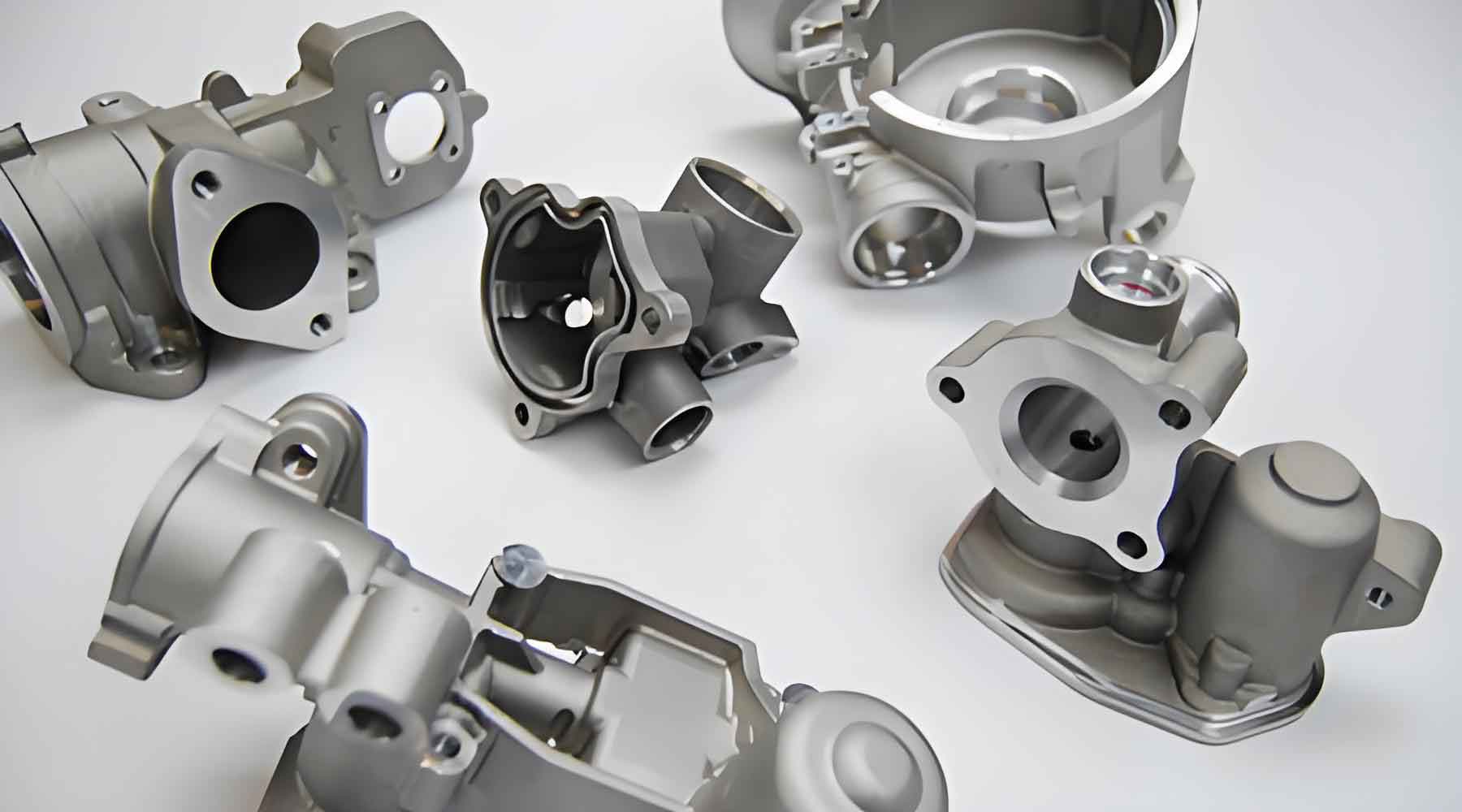
Precision investment casting remains the cornerstone of manufacturing complex titanium components for aerospace applications. The conventional manual wax pattern assembly process exhibits critical limitations in consistency and efficiency, particularly when handling intricate geometries. This paper presents a transformative automated wax pattern assembly system that enhances dimensional accuracy through advanced robotics and thermal control algorithms.
System Architecture
The automated system integrates seven core subsystems:
| Subsystem | Function | Key Specifications |
|---|---|---|
| Robotic Manipulators | Pattern handling & welding | 6-axis, ±0.01 mm repeatability |
| Thermal Management | Wax fusion control | PID-regulated 50-120°C ±0.5°C |
| Vision Guidance | Spatial alignment | 5 MP CMOS, <0.02 mm/pixel |
The kinematic model for robotic positioning follows:
$$ \theta_i = \tan^{-1}\left(\frac{y_{i+1} – y_i}{x_{i+1} – x_i}\right) $$
where θi represents joint angles and (xi, yi) denotes waypoint coordinates.
Thermal Process Optimization
The wax fusion process employs a dual-phase thermal control strategy:
| Phase | Temperature Profile | Duration |
|---|---|---|
| Preheating | T(t) = T0 + αt | 8-12 s |
| Stabilization | T(t) = Tset ± ΔT | Maintained |
The PID control algorithm ensures thermal stability:
$$ u(t) = K_p e(t) + K_i \int_0^t e(\tau) d\tau + K_d \frac{de(t)}{dt} $$
where optimized coefficients yield Kp=2.5, Ki=0.8, Kd=1.2 for minimal overshoot.
Performance Benchmarking
Comparative analysis between manual and automated precision investment casting processes:
| Parameter | Manual Assembly | Automated System |
|---|---|---|
| Cycle Time | 120 ± 15 s | 40 ± 2 s |
| Positional Accuracy | ±0.5 mm | ±0.02 mm |
| Thermal Variance | ±8°C | ±0.5°C |
The system achieves 98.7% first-pass yield in aerospace component production, validated through coordinate measurement:
$$ \sigma = \sqrt{\frac{1}{N-1}\sum_{i=1}^N (x_i – \bar{x})^2} < 0.025\,mm $$
Multi-Product Adaptability
The reconfigurable end-effector system accommodates diverse pattern geometries through quick-change interfaces:
$$ F_{clamp} = \frac{\pi d^2}{4} P_{pneumatic} \geq 1.5F_{inertial} $$
where d represents pneumatic cylinder diameter and P operational pressure.
Future Development
Emerging enhancements for precision investment casting systems include:
| Technology | Implementation Timeline | Expected Impact |
|---|---|---|
| ML-based thermal prediction | 2026 | 15% energy reduction |
| Hybrid 3D printed runners | 2027 | 30% material savings |
This automated approach revolutionizes precision investment casting by achieving VDI 3407 Category 1 surface finish while maintaining dimensional tolerances under ±0.05% of nominal size. The system’s modular design facilitates seamless integration into existing foundry workflows, particularly for high-value aerospace components requiring AS9100 compliance.
